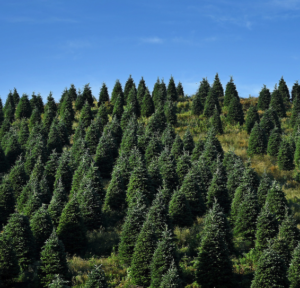
Christmas Tree Care
Written by Dr. Jill Sidebottom (Retired) Extension Specialist (Mountain Conifer IPM), updated by Minda Daughtry Information on Tree Care Tree Care Tips When Was …



El inglés es el idioma de control de esta página. En la medida en que haya algún conflicto entre la traducción al inglés y la traducción, el inglés prevalece.
Al hacer clic en el enlace de traducción se activa un servicio de traducción gratuito para convertir la página al español. Al igual que con cualquier traducción por Internet, la conversión no es sensible al contexto y puede que no traduzca el texto en su significado original. NC State Extension no garantiza la exactitud del texto traducido. Por favor, tenga en cuenta que algunas aplicaciones y/o servicios pueden no funcionar como se espera cuando se traducen.
Inglês é o idioma de controle desta página. Na medida que haja algum conflito entre o texto original em Inglês e a tradução, o Inglês prevalece.
Ao clicar no link de tradução, um serviço gratuito de tradução será ativado para converter a página para o Português. Como em qualquer tradução pela internet, a conversão não é sensivel ao contexto e pode não ocorrer a tradução para o significado orginal. O serviço de Extensão da Carolina do Norte (NC State Extension) não garante a exatidão do texto traduzido. Por favor, observe que algumas funções ou serviços podem não funcionar como esperado após a tradução.
English is the controlling language of this page. To the extent there is any conflict between the English text and the translation, English controls.
Clicking on the translation link activates a free translation service to convert the page to Spanish. As with any Internet translation, the conversion is not context-sensitive and may not translate the text to its original meaning. NC State Extension does not guarantee the accuracy of the translated text. Please note that some applications and/or services may not function as expected when translated.
Collapse ▲
Written by Dr. Jill Sidebottom (Retired) Extension Specialist (Mountain Conifer IPM), updated by Minda Daughtry Information on Tree Care Tree Care Tips When Was …

Fall Pro Day Thursday, December 5 · 8 a.m. – 3 p.m. EST N.C. Cooperative Extension, Haywood County Center …
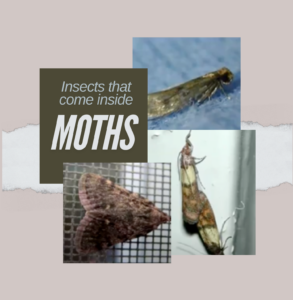
So a “bug” has come inside the house. Now what do you do? Well, take a breath and don’t …
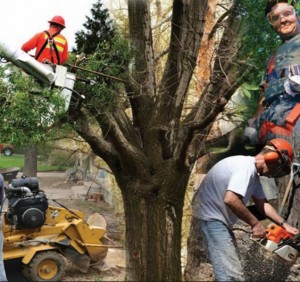
Recent snow and ice storms have caused extensive damage to trees. Consider hiring a certified arborist to help assess …

Experts in Soils, Food Safety, Horticulture, and Soil Contaminants at NC State University and the Nicholas School of the …

Webinar Recording Examine the danger of bacterial and chemical contamination of vegetable gardens that have been flooded. Identify potential problems, …
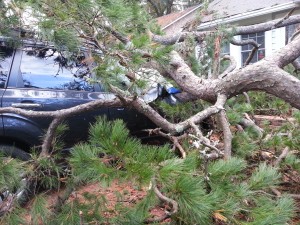
Storm-Damaged Trees in the Landscape Many trees are damaged or killed by Hurricanes. Use this guide in reviewing options and making …

What to Consider if Your Vegetable, Herb, Fruit or Nut Garden has been Exposed to Floodwater Discard (do not compost) …
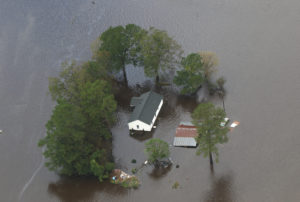
High winds, storm surge, and flooding can devastate your garden and landscape. Safety first- check for downed electrical wires and …
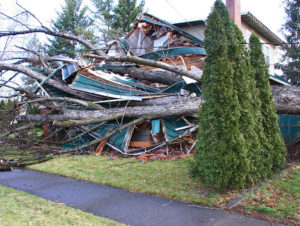
Heavy Rains and Strong Winds have resulted in storm damage to trees across the state. Learn how to assess the …
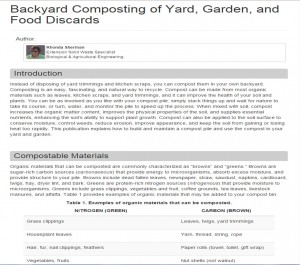
Instead of disposing of yard trimmings and kitchen scraps, you can compost them in your own backyard. Composting is an …
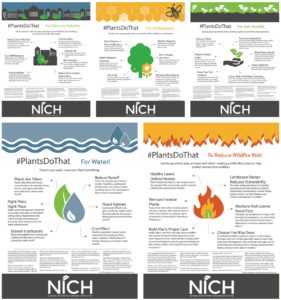
This series of infographics was created by the National Initiative for Consumer Horticulture (NICH) Each highlights the importance of landscape …

When we talk about diseases, we often think about teeny, tiny “no-seeum” critters – living organisms like fungi, bacteria, …

The statewide annual Dr. Kim Ingold NC 4-H Photo Contest highlights North Carolina 4-H’ers’ photographic achievements. The winning photos …
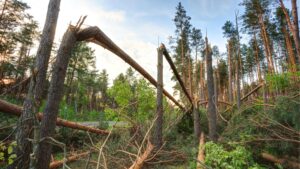
Hurricane Helene caused significant damage to forest and timberland through high winds and especially flooding in many areas of …

RALEIGH – With the amount of storm debris brought on by Hurricane Helene and North Carolina on the cusp …

The temperatures are dropping and our summer gardens are beginning to look a bit frumpy. As we get ready …

If you’re a North Carolina resident with a question about your garden, lawn, or landscape, we can help. Check out …
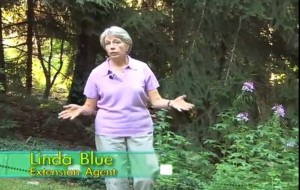
Spend 6 minutes with Linda Blue reviewing Timely garden tasks for September in the NC …

This publication alerts prospective gardeners to some of the most common contaminants in urban soils, …
This table presents information on postemergence herbicides registered for use on woody ornamentals.
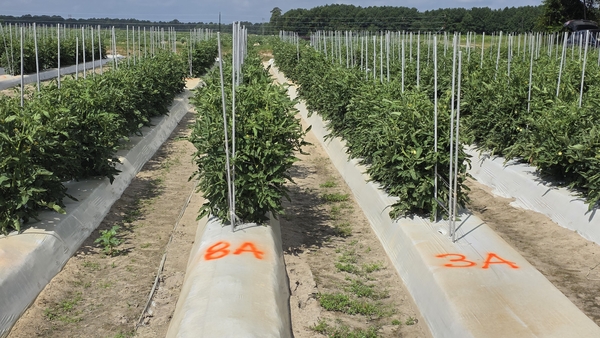
Tomato is a warm-season crop that, when managed using appropriate production practices, can reach first …
This publication focuses on the production and harvest of head lettuce, one of the most …
Onion is a cool-season crop that tolerates moderate freezing temperatures and is well adapted to …
At the national level, processing-tomato production remains concentrated in a few key regions. California continues …
This factsheet describes the symptoms of a lipid biosynthesis (Acetyl CoA carboxylase or ACCase) inhibitor …
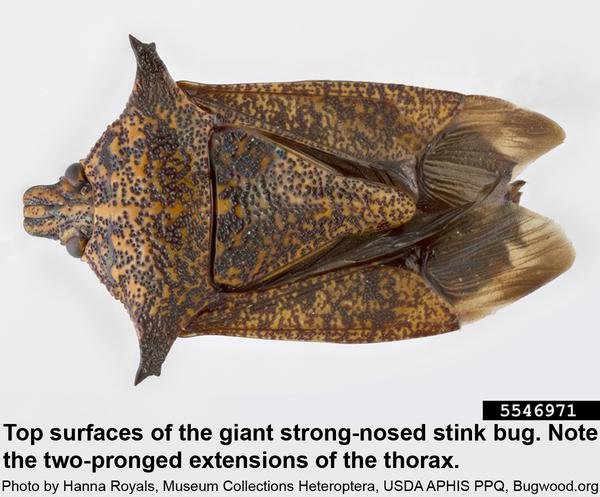
This factsheet describes the biology of the giant strong-nosed stink bug, Alcaeorrhynchus grandis, and provides …